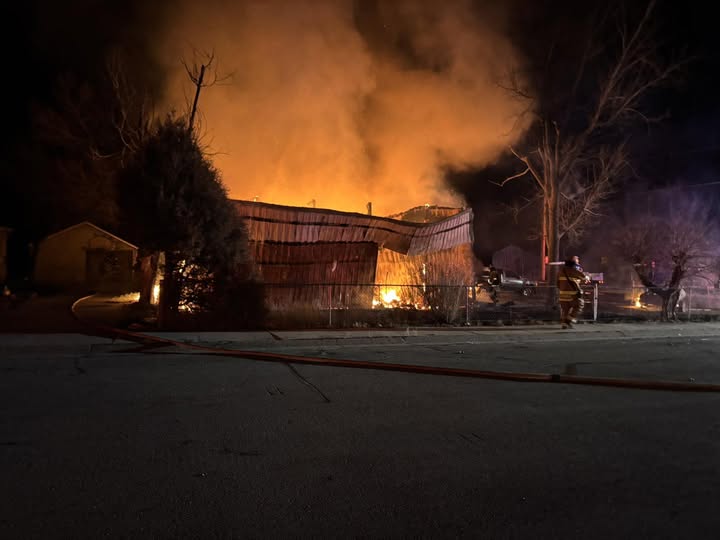UNDATED – The latest report from the White House COVID-19 Task Force, which is prepared for the nation’s governors, indicates South Dakota a “red zone” for the virus due to its second highest rate for case growth and test positivity in the country.
The task force has recommended the state “aggressively” promote social distancing and the wearing of face masks statewide.
The issue came up at Thursday’s state COVID-19 press conference.
South Dakota Department of Health secretary Kim Malsam-Rysdon said her department has always been “very clear” on promoting social distancing and wearing masks where social distancing can’t be maintained. That’s despite the fact South Dakota Governor Kristi Noem has resisted any sort of mask mandate.
Noem has frequently touted her office’s non-regulatory response to the pandemic. The governor has said her policy focuses on providing South Dakotans with the facts, then letting them make personal decisions – saying in a June 8 tweet that “more freedom, not more government” is the answer to COVID-19.
The task force report indicates South Dakota has the second highest cases per-capita in the nation. The state had 235 cases per 100,000 people over the previous week, compared to a national average of 88 per 100,000. The state also had the second-highest test-positivity rate over the latest reporting period.
Three counties – Minnehaha, Pennington, and Clay – accounted for over 40% of cases during the past week. The report also noted “substantial” increases at both South Dakota State University in Brookings and the University of South Dakota in Vermillion.
And, while state health officials continue to tout the low number of hospitalizations — 83 as of Thursday — the White House Coronavirus Task Force report calls into question the state’s hospitalization rate.
The report stated:
“Between Aug. 29 – Sept. 4, on average, 16 patients with confirmed COVID-19 and 10 patients with suspected COVID-19 were reported as newly admitted each day to hospitals in South Dakota. An average of 84% of hospitals reported either new confirmed or new suspected COVID patients each day during this period; therefore, this may be an underestimate of the actual total number of COVID-related hospitalizations. Underreporting may lead to a lower allocation of critical supplies.”
Malsam-Rysdon said at Thursday’s presser that this section of the report is a “generality,” and that health officials reach out to hospitals every day to track hospitalization cases.











